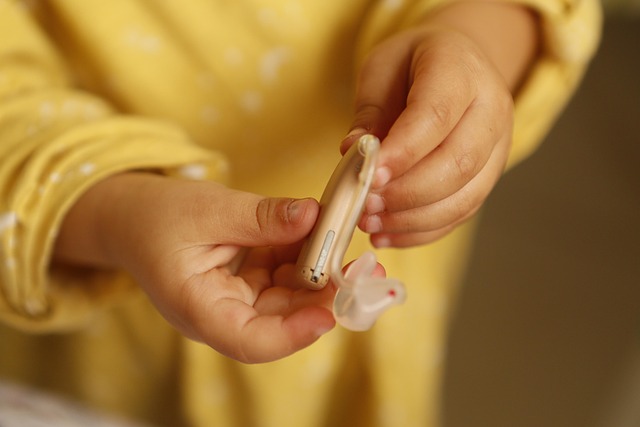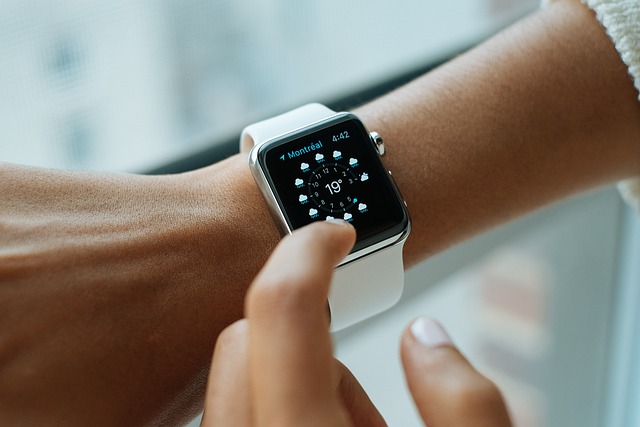In the evolving landscape of medical diagnostics, the convergence of miniature electronics, flexible materials, and advanced signal processing has brought a remarkable breakthrough: the wearable portable ultrasound. This technology transforms the once bulky, stationary ultrasound machines into sleek, body‑mounted devices that can be used in clinics, emergency scenes, or even in the comfort of a patient’s own home. By combining portability with real‑time imaging, it opens new horizons for continuous monitoring, early detection, and personalized care across a wide range of medical conditions.
From Clinical Bedside to Everyday Carry
The journey of ultrasound technology began in the mid‑20th century, when bulky piezoelectric transducers and large oscillators occupied entire hospital rooms. Over the decades, miniaturization has followed a steady trajectory, driven by advances in semiconductor fabrication, micro‑electromechanical systems (MEMS), and high‑frequency signal generators. The result is a device that can fit on a wristband or a chest strap, yet still deliver diagnostic‑quality images. This shift is not simply about size; it also reduces costs, increases accessibility, and fosters a culture of proactive health management.
- Compact transducer arrays that produce high‑resolution images.
- Low‑power, battery‑driven electronics that support long‑duration use.
- Wireless data transmission for real‑time remote consultation.
Core Components of a Wearable Portable Ultrasound
At its heart, a wearable portable ultrasound comprises three essential elements: the transducer, the signal processing unit, and the user interface. The transducer, often a flexible poly‑mer or silicone patch embedded with piezoelectric crystals, converts electrical signals into acoustic waves and vice versa. The processing unit houses a digital signal processor (DSP) and a small‑form‑factor analog‑to‑digital converter, translating raw echoes into interpretable images. Finally, the interface—whether a smartphone app or a dedicated display—provides clinicians or patients with an intuitive visual representation of tissue structures.
“The beauty of wearable ultrasound lies in its ability to turn a body surface into a living diagnostic screen,” notes Dr. Elena Marquez, a researcher in biomedical engineering at the University of Helsinki.
Clinical Applications Across Specialties
The versatility of wearable portable ultrasound is evident across multiple medical fields. In obstetrics, a discreet abdominal belt can continuously monitor fetal heart rate and amniotic fluid volume without the need for frequent visits to a maternity ward. In cardiology, a chest strap can provide bedside echocardiograms during critical care, allowing for rapid assessment of ventricular function and detection of pericardial effusions. Orthopedic use includes gait analysis and real‑time imaging of musculoskeletal injuries during rehabilitation sessions.
- Obstetric monitoring: real‑time fetal imaging and amniotic fluid assessment.
- Cardiac evaluation: continuous echocardiographic surveillance in ICUs.
- Musculoskeletal diagnostics: dynamic imaging during movement and therapy.
- Emergency response: rapid assessment of internal bleeding or organ damage at the scene.
Patient Empowerment and Home Care
Beyond the hospital setting, wearable portable ultrasound empowers patients to take an active role in their own health. Diabetes patients, for example, can monitor foot perfusion and detect early signs of neuropathy, reducing the risk of ulcer formation. Individuals with chronic conditions such as congestive heart failure can wear a device that alerts them and their clinicians to fluid overload before symptoms become severe. By bringing imaging into everyday life, these devices blur the line between diagnostics and daily health management.
Technical Challenges and Engineering Solutions
Despite its promise, the development of a truly effective wearable portable ultrasound is not without obstacles. One major challenge is maintaining image fidelity while reducing acoustic energy to safe levels for continuous skin contact. Engineers are addressing this by employing adaptive gain control and beamforming algorithms that optimize signal-to-noise ratios without increasing power consumption. Another hurdle is ensuring robust mechanical attachment; flexible, skin‑friendly materials such as thermoplastic elastomers are being used to create custom‑fit patches that move seamlessly with the body.
- Power management: ultra‑efficient DSPs and low‑dropout voltage regulators.
- Thermal regulation: passive heat sinks integrated into the device’s casing.
- Data security: end‑to‑end encryption for wireless transmission.
Regulatory Pathways and Safety Standards
Regulatory approval is a critical step in the adoption of wearable portable ultrasound. Devices must meet stringent safety standards set by bodies such as the U.S. Food and Drug Administration (FDA) and the European Medicines Agency (EMA). Key considerations include acoustic output limits, biocompatibility of contact materials, and electromagnetic compatibility. Recent regulatory frameworks have begun to recognize the unique nature of continuous‑wear diagnostics, allowing for more streamlined clinical trial designs that focus on real‑world data collection.
Future Directions and Emerging Trends
Looking forward, the integration of artificial intelligence (AI) into wearable portable ultrasound is poised to revolutionize image interpretation. Machine‑learning models can automatically detect pathological features such as cysts, tumors, or tissue edema, providing instant feedback to clinicians or patients. Moreover, the coupling of ultrasound with other sensor modalities—such as photoplethysmography or accelerometers—can yield comprehensive physiologic datasets that enhance diagnostic accuracy.
- AI‑driven image analysis for rapid triage.
- Hybrid sensing platforms combining ultrasound with optical and inertial data.
- Cloud‑based analytics for longitudinal health monitoring.
- Integration into telemedicine workflows to support remote specialist consultations.
Socioeconomic Impacts and Health Equity
By reducing dependence on centralized imaging centers, wearable portable ultrasound has the potential to bridge disparities in healthcare access. Rural communities, mobile clinics, and underserved urban populations can benefit from on‑site diagnostics without the logistical burdens of transporting patients or large equipment. Additionally, lower production costs associated with mass‑manufactured wearable devices can make high‑quality imaging available to low‑resource settings, contributing to global health equity.
Conclusion: A New Era of Accessible Diagnostics
The wearable portable ultrasound represents more than a technological novelty; it embodies a paradigm shift toward democratized, patient‑centric diagnostics. By marrying compact engineering with advanced signal processing, these devices transform the human body into a continuous, real‑time diagnostic platform. As research advances, regulatory frameworks evolve, and market adoption accelerates, wearable portable ultrasound is poised to become an indispensable tool across the spectrum of modern medicine.



